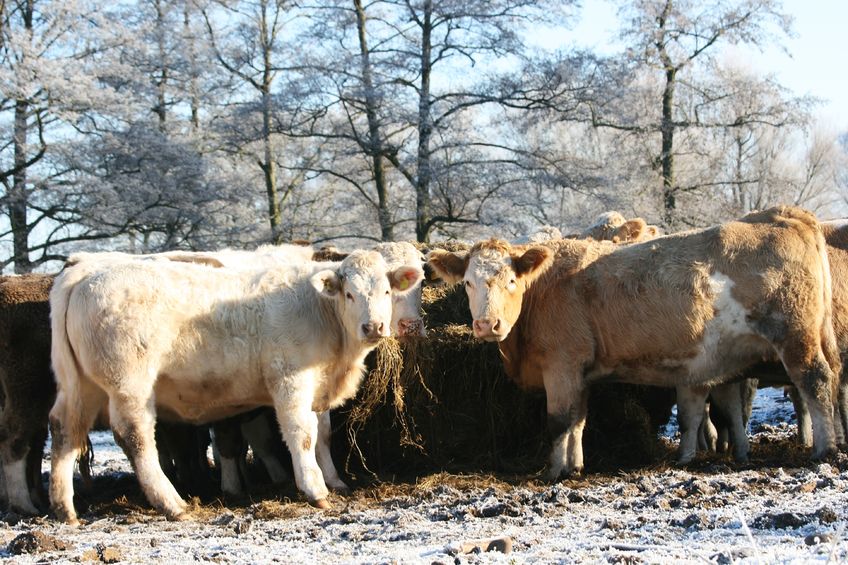
Grants for badger vaccination schemes and six-monthly testing in high risk areas have been announced to help prevent disease and catch it more quickly.
Plans announced by the government to strengthen testing in the highest-risk areas of the country are hoped will catch bovine TB and stamp it out more quickly in England’s cattle herds.
Six monthly routine tests will be introduced for all herds in the High Risk Area – mainly the South West and parts of the Midlands – with annual tests preserved for herds that have gone five or more years without disease, and farms accredited under the Cattle Herd Certification Standards (CHeCS) scheme, requiring tougher biosecurity measures to be observed.
Grants to vaccinate badgers in the Edge Area of the country – the ‘buffer’ between the High Risk and Low Risk Areas – are also available now for schemes to run next year.
These moves are part of the government’s 25-year plan to eradicate bovine TB in England and come as recent peer-reviewed research shows badger control in Gloucestershire (58%) and Somerset (21%) – where culling began in 2013 – has contributed to significant reductions in the disease in herds.
'Stamp out disease'
Results published on Thursday (21 December) also confirm that all 19 licensed intensive badger control operations achieved the badger population reductions needed to realise disease control benefits.
Defra farming minister George Eustice said: "We are introducing more frequent testing of cattle to find and stamp out disease more quickly than ever before, to add to our tough restrictions on cattle movements to stop disease spreading.
"We are also addressing the disease in wildlife and it is encouraging to see early research shows badger control is having the expected results in driving down levels of TB."
Chief Veterinary Officer Nigel Gibbens said: "This year’s results show that badger control can be delivered successfully on a much wider scale, with all 11 new areas delivering effective operations.
"Expansion into further areas, alongside our robust cattle movement and testing regime, will allow us to achieve and maintain long term reductions in the level of TB across the South West and Midlands where the disease is widespread."
Risk-based
In the Edge Area of the country, testing frequency will become more risk-based from January 2018, with more herds undertaking six-monthly testing.
The government says this will help vets identify and address outbreaks more quickly, helping to stop the spread of disease to new areas.
The government is offering grants under the Badger Edge Vaccination Scheme, which recommences in 2018 and aims to create a buffer zone between the highest- and lowest-risk disease areas of England.
The scheme is open for the first round of applications until 19 January and successful applicants will receive a government grant for at least 50% of their costs from a fund worth £700,000 over four years.
Dealing with Bovine TB in England costs taxpayers over £100 million a year, required the culling of more than 29,000 cattle in 2016 and causes devastation and distress for rural communities.
Compensation agreements
Other measures announced today as part of the government’s 25-year strategy to eradicate bovine TB are new compensation arrangements for pigs, sheep, goats, deer and camelids which have to be slaughtered because of bovine TB.
The changes will come into force on 2 January 2018 and will bring statutory compensation in line with arrangements in Scotland and Wales.
Reduced compensation for animals which are unclean when presented for slaughter and delayed slaughter of pregnant cattle which test positive for bTB have also been announced.
